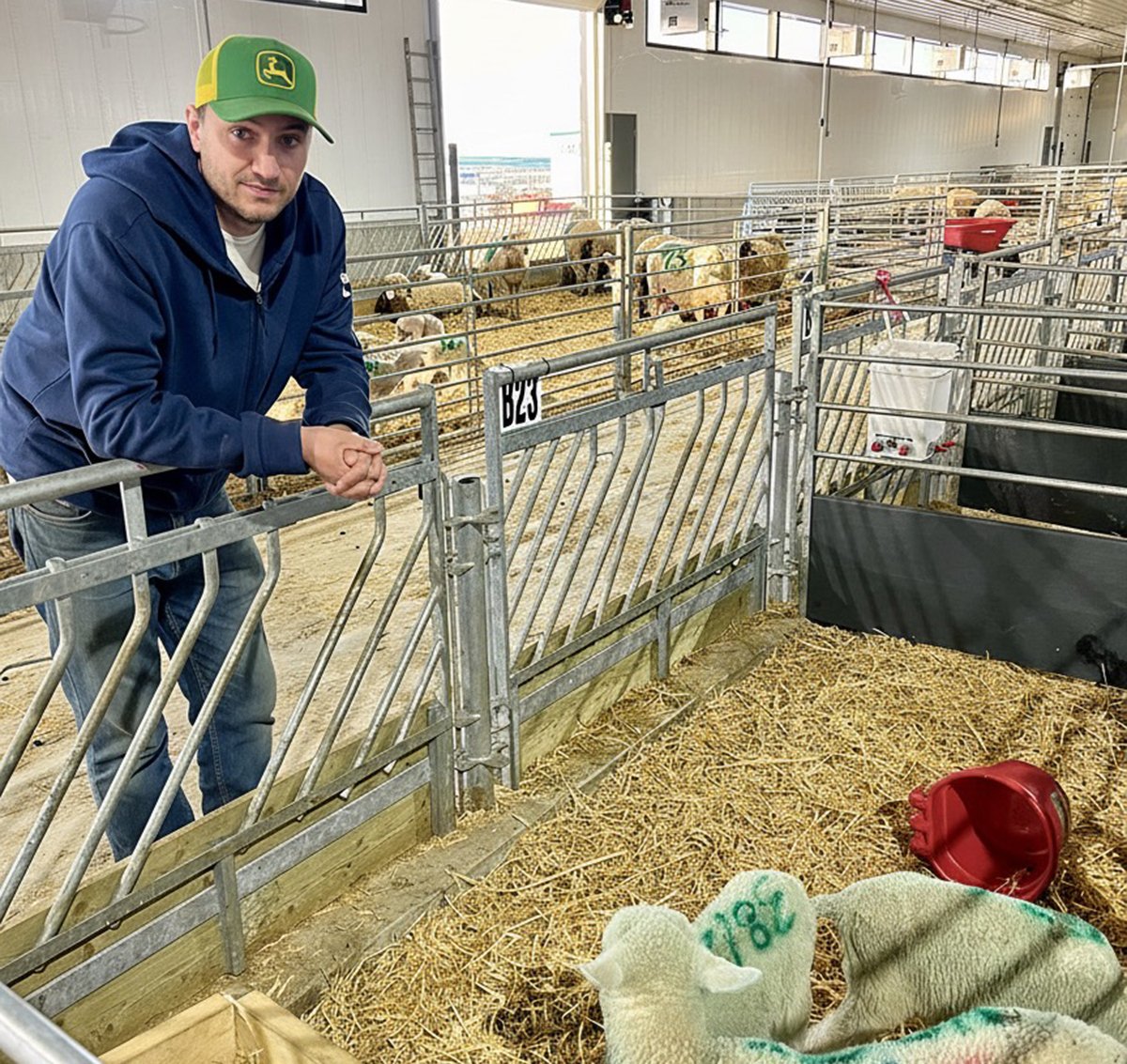Rules in effect March 11 | Official says more improvements needed
TAMPA, Fla. — The latest attempt at building a livestock traceability system in the United States is a compromise after years of debate on whether identification is even necessary.
“Right now we do not have full traceability. We have better traceability,” John Clifford, chief veterinarian of the U.S. Department of Agricultures’ Animal and Plant Inspection Service, said during an animal health meeting at the National Cattlemen’s Beef Association convention held in Tampa Feb. 5-9.
“This is the first time I am happy to talk about traceability.… I think this is very much needed by this industry.”
Read Also

Solar, sheep provide valuable farm diversification
Eric Steeves says raising sheep on forages grown under solar panels provided economic stability and perhaps even saved his family’s fifth generation southern Alberta grain farm.
The final rule on animal disease tracking was published Jan. 9 and goes into effect March 11. The first few months will educate the public about the system, which applies only to livestock moving between states or across tribal boundaries.
Cattle younger than 18 months are exempt from the rule following intense pressure from the beef and marketing sectors to exclude them.
That group will be handled in a later rule once the first regulation is operating.
Clifford said changes or improvements could take as long as five years.
Official identification is required for all sexually intact cattle and bison that are 18 months or older.
All female dairy cattle of any age and all dairy males born after March 11, 2013, must be permanently identified.
“Within a short period of time, all dairy cattle must have official identification,” he said.
The U.S. has recognized 60 tags, which is different from the Canadian program’s electronic system that is streamlined with few tag choices.
The U.S. tags can be visual or electronic and must be imprinted with the official U.S. shield and include unique numbers.
The rule will be administered by states and tribes.
APHIS will also distribute silver metal tags called “brite” tags at no cost to certified veterinarians, who will then pass them onto producers.
Brands, back tags and paperwork can also be accepted, as long as there is agreement between the states involved in shipping or receiving bison or cattle.
There are 14 brand states, while 36 do not have brand inspection.
“Brands would be allowed as long as they are recognized by the shipping and receiving state,” Clifford said.
A state cannot ask for specific identification from other states. For example, Michigan uses radio frequency tags to track tuberculosis within its herds, but it cannot ask other states to provide electronic ID.
Tattoos and other identification methods accepted by breed associations may also be used.
APHIS will administer the national database and wants to control information on tag retirement because it is easier to do a traceback when it knows if animals are already dead. For example, knowing this ahead of time could eliminate thousands of animals from the search if a tuberculosis traceback is conducted.















